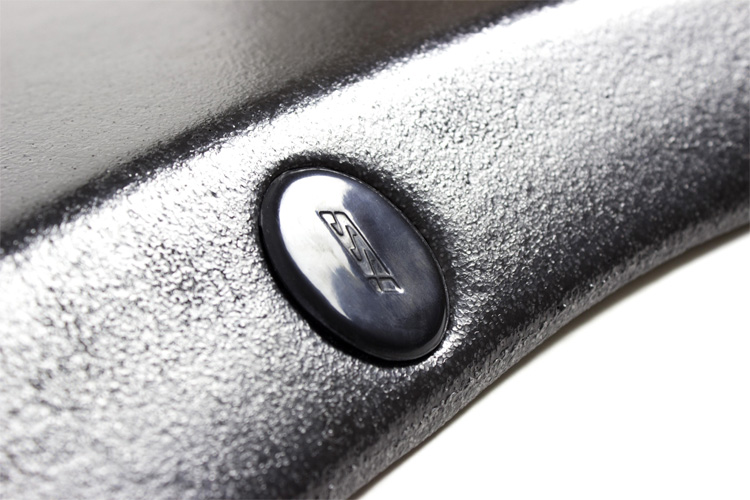When Tom Morey invented the modern bodyboard, stringers were not a priority. In the evolution of bodyboarding, many add-ons have been introduced to get better rides, carves, and quality in aerial landing.
In the last ten years, bodyboard shapers developed stringers as a core part of bodyboard construction.
Stringers are seen as the spine that reduces deformation and keep the board intact when forced under major pressures.
That's why, in the beginning, a single stringer was added in the center of the bodyboard.
The first units were even homemade in PVC or pipe and inserted by amateur riders themselves.
Of course, by doing so, water invaded the custom-made channel, and in a matter of months, the bodyboard was rotten.
The bodyboard industry bettered the concept and tested two stringers placed symmetrically.
The leash plug had to be moved a few inches, but the new functionality delivered great results and stoked feedback from the best pro bodyboarders.
It's easy to feel that stringers add speed, for example, in bottom turns. Finally, some brands decided to market a tri-stringer bodyboard.
Rheopaipo opted for its Interchangeable Stringer System, letting customers decide and replace stiff or soft stringers depending on the wave conditions.
Let's not forget that, in 1983, Turbo bodyboards provided an alternative to the Morey Boogie dominance: a stiff board that could be custom-tailored to suit your riding preferences.
Great idea at the time.
Today, bodyboard stringers are mainly built of carbon, graphite, and even fiberglass. If you've never seen a stringer, watch it in action.
